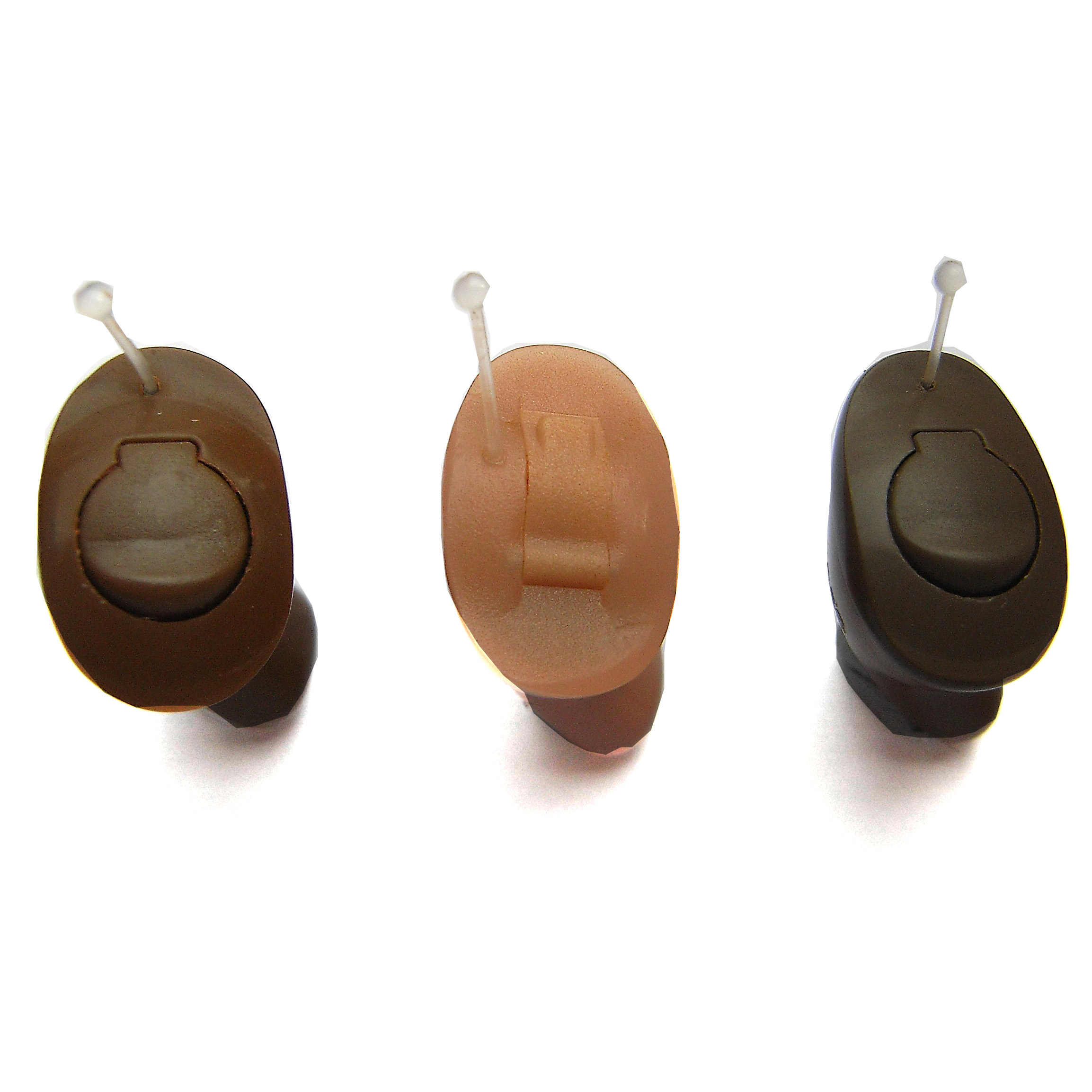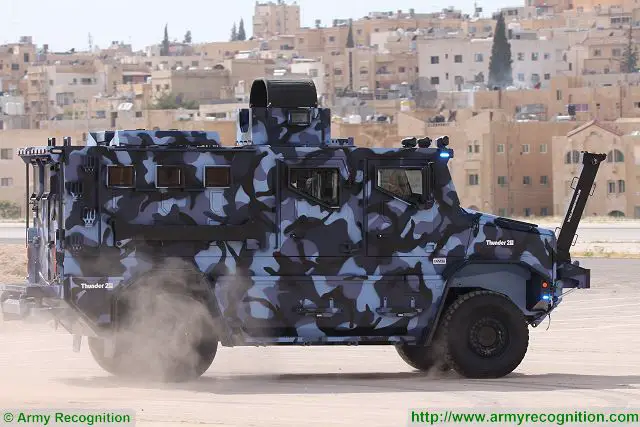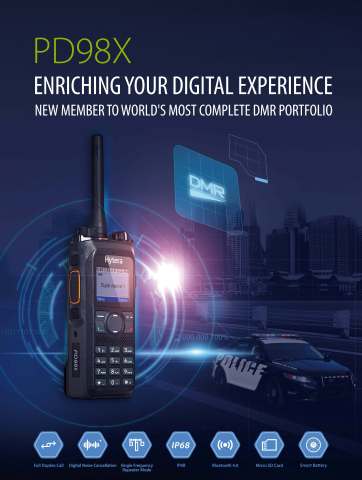Tetra has been the main stay for the Emergency services for over 10 years and it has been a used by other industries for longer than that. There has been plenty of time for health concerns to be brought up and as the technology is similar to mobile phone, which has been around for 20+ years and radio communications (walkie talkies) for much longer than that, and no really hard evidence has ever been brought that either of these two cause health issues, this article probes the possibilities of TETRA causing health concerns, see what they uncover below. The use of terrestrial trunked radios (TETRAs) has raised concerns about health and sickness absence. Jackie Cinnamond looks at the evidence for a precautionary approach. The British police and the other emergency services use a communication system involving technology called TETR A (terrestrial trunked radio), which is halfway between a mobile phone system and a walkie-talkie.
At one NHS trust during the autumn of 2013, it was noted that there seemed to be a correlation between increasing levels of sickness absence in ambulance staff and the recent introduction of TETRAs.
This assumed association was based upon clinical presentations of cases being seen in occupational health practice involving ambulance service employees, who maintain that their portable radio handsets are causing them to experience adverse health effects.
TETRA is the leading public safety radio communications system worldwide, and serves to enhance the function of almost 500,000 police, ambulance and firefighting employees (Airwave solutions, 2012; Motorola, 2007).
The Government commissioned TETRA in 2005 at a cost of £3 billion. It did so in response to concerns raised by the Police Federation regarding the use of a two-way radio communication system and its link with breast cancer in female operatives (Police Federation News, 2005).
The use of TETRAs was contentious due to similar health fears raised by the Health Protection Agency and its working group of 2001. Consequently, the Airwave Health Monitoring Study started in 2009 and the findings are due to be released in 2018 (Imperial College London, 2009). This long-term, observational study is investigating health outcomes of TETRA users within the police force.
Initial concerns were raised by Lancashire police after it was introduced, when almost 200 police officers began to experience symptoms of nausea, malaise, head pain, insomnia, skin complaints and two cases of oesophageal cancer (Farrell, 2002; Police Federation News, 2005).
Comparably, these symptoms correlate with reports of symptoms experienced by the ambulance employees within this trust, soon after the TETRA system was purchased, and which could be associated with electromagnetic radiation emi tted by this technology.
Technical issues related to TETRAs
Radiation is a source of energy produced during atom separation. The process of ionisation results in the addition, or removal, of one or more electrons from an atom or molecule.
The force of the electromagnetic energy waves released during separation are categorised as either non-ionising, where the energy released is insufficient to ionise matter, or ionising radiation, where adequate energy is present to ionise matter (Tillman, 2007).
Ionising radiation is associated with the X-ray process; and non-ionising radiation is associated with the transmission and receipt of mobile telecommunication signals (IEGMP, 2000).
Electromagnetic fields are quantified by their wavelength, and the frequency at which the wave pulsates (Sanchez, 2006).
The wavelength frequencies are expressed in Hertz (Hz) and oscillate within a spectrum where one Hz is one oscillation per second, and one kilo Hertz (kHz) is 1,000 Hz. Radios using 16-17Hz should be avoided as these frequencies are known to adversely affect health. TETRAs operate at a frequency of 17.6Hz
Potential implications for health
Mobile telecommunication devices are a cause of contention. The health effects associated with their use remain unproven (Kundi, 2009). Human stem cells are more susceptible to electromagnetic fields compared with differentiated human primary cells. The constraining influences of electromagnetic fields upon DNA regeneration in human stem cells could manifest itself in the development of abnormalities within the DNA replication process. Consequently, the initiation of cancer may result (Valberg et al, 2007).
With an estimated 500,000 emergency service employees currently using TETRA systems, if a causal relationship between the use of portable radio handsets and cancer development was subsequently established, then this could present a significant OH and public healt h challenge (Health Professionals Council, 2011; Dhani, 2012).
Current research
The incessant proliferation of wireless telecommunications technology use has intensified public fears and generated international debate regarding the chances of cancer developing as a direct consequence of exposure to electromagnetic fields emitted from devices such as mobile phones (Kundi, 2009).
Research findings accumulated over the past decade suggest a causal relationship between electromagnetic exposure through the use of wireless telecommunication systems and cancer development (Levis et al, 2011). Conflictingly, current research results conclude that there is insufficient evidence, or none at all, to suggest that acceptable electromagnetic frequencies emitted through mobile phone use can cause adverse health conditions or cancer (Kundi, 2009).
However, the majority of current research studies are sponsored by the telecommunication industry and, therefore, finding s tend to significantly underestimate cancer risk. The overall accumulation of research findings, regardless of study design imperfections and financial bias, leans towards the opinion that there is an increased likelihood of a causal relationship between mobile phone use and cancer (Kundi, 2009; Levis et al, 2011).
Legislation related to TETRAs
Although most technology poses some level of risk to human health, such threats must be measured precisely and dependably (Levis et al, 2011). Presently, two international organisations â€" the International Commission on Non-Ionising Radiation Protection (ICNIRP) and the National Radiological Protection Board (NRPB) â€" have produced guidelines for limiting exposure to electromagnetic fields within the UK and the European Union (EU).
The ICNIRP (1998) recommendations have been integrated into the European Council Recommendations (1999) and have subsequently been incorporated into statute in Germany (WHO, 2011).
< br>Limits for human exposure to electromagnetic fields have been set accordingly by the ICNIRP and the NRPB (1993) at between 10 and 300 GHz. However, the ICNIRP guidelines have established an upper limit for occupational exposure that is five times higher in employees than it is in the general public (IEGMP, 2000). The exposure limit values are referred to as “basic restrictions†and are based upon specific absorption rate (SAR), which equates to the rate at which the body absorbs energy in relation to each unit of body tissue (WHO, 2011).
Precautionary principles for TETRA use
In the absence of accurate guidance and methods for measuring exposure levels, the robust research evidence that establishes a causal link between electromagnetic exposure and cancer should be acknowledged and precautionary principles implemented (Hardell et al, 2005).
Precautionary principles with regard to electromagnetic radiation are defined by Valberg et al (2007) as implemen ting a safety-conscious approach prior to a significant causal link between electromagnetic fields and cancer development being established. The idea behind introducing precautionary principles is to try to reduce the degree of public concern regarding the potential health implications of exposure to electromagnetic fields (Wiedeman and Schutz, 2005).
However, the implementation of precautionary principles would be subjected to a cost-benefit analysis and, therefore, would be measured against what the populace deems financially equivalent to the cost of similar risks to society (Australian Radiation Protection and Nuclear Safety Agency, 2001).
Furthermore, their implementation may adversely increase the publics perception of risk and induce a psychosomatic-related development of adverse health problems and proceed to over burden already stretched resources unnecessarily.
However, the Bioinitiative Working Group (2012) contends that the public health approach to addressing exposure to electromagnetic fields should be viewed in the same regard as passive smoking and established on the current scientific evidence accessible.
Implications for OH
Despite the health risks associated with electromagnetic field exposure, the National Policing Improvement Agency continues to emphasise to its employees that the only adverse health effects of electromagnetic fields are established through tissue heating at significant levels.

It also discredited the accounts of the symptoms experienced by employees as psychosomatic conditions (Farrell, 2002; Police Federation News, 2005).
However, Kundi (2009) affirms that the carcinogenic effects of electromagnetic fields over a prolonged latency period are equivalent to the same intensities for smoking-related cancers. Furthermore, the latency period for cancer development is estimated to be 10-30 years. This raises concerns regarding the increased age of retirement, because occupational health departments could potentially have to adapt to accommodate older workers who have been subjected to long latency periods of electromagnetic exposure and its associated health conditions.
The Global Occupational Health Network (2006) advocates that staff undertaking occupational roles with a potential carcinogenic risk should be properly educated and instructed about the appropriate precautionary measures for working with carcinogens, in accordance with health and safety protocols.
The duty of care under s.2 of the Health and Safety at Work etc Act (1974) requires employers to implement what is reasonably practicable to safeguard the health and safety of their employees through the establishment of safe systems of work, and to ensure that staff are adequately informed regarding any potential hazards.
The Independen t Expert Group on Mobile Phones maintains that a precautionary approach to the use of mobile phones be adopted until more detailed and scientifically robust information on any potential health effects becomes apparent.
Conclusion
Telecommunication technology will continue to evolve and may be associated with future health risks. In the absence of any substantial research evidence to conclusively prove that exposure to electromagnetic fields does not pose a risk to health, precautionary measures should be implemented.
The emphasis of these measures should include policy changes that keeps pace with technological developments. This goes hand in hand with evidence-based practice and processes that educate employers and employees, aimed at minimising the potential health risks associated from prolonged electromagnetic field exposure. The findings of the airwave health monitoring study are eagerly awaited.












